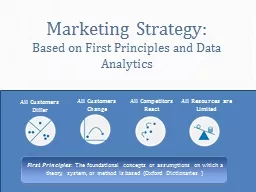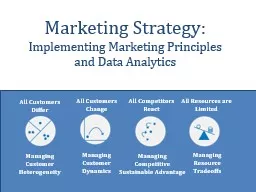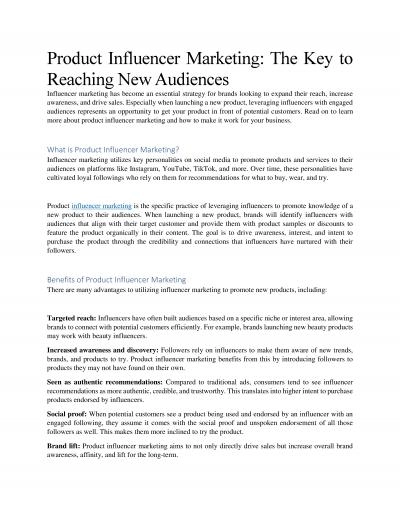PPT-Marketing Principles
Author : debby-jeon | Published Date : 2016-06-10
LIngram 2014205 Chapter 6 Sports Market Research amp Outlets Discussion Starter Do you think sports and entertainment marketer researchers are different from tangiblegoods
Presentation Embed Code
Download Presentation
Download Presentation The PPT/PDF document "Marketing Principles" is the property of its rightful owner. Permission is granted to download and print the materials on this website for personal, non-commercial use only, and to display it on your personal computer provided you do not modify the materials and that you retain all copyright notices contained in the materials. By downloading content from our website, you accept the terms of this agreement.
Marketing Principles: Transcript
Download Rules Of Document
"Marketing Principles"The content belongs to its owner. You may download and print it for personal use, without modification, and keep all copyright notices. By downloading, you agree to these terms.
Related Documents














